Plain Uniform Socks
Plain Uniform Socks Specification
- Product Type
- socks
- Pattern Type
- knitting
- Feature
- breathable
- Elasticity
- Middle
- Size
- kids
- Gender
- male
- Material
- poly cotton
- Design
- knit
- Age Group
- 01-3,4-6,7-9,10-13,14-16
- Logo Pattern
- knit
- Needle
- 132
- Logo
- Jacquard
- Yarn Count
- 30/1
- Style
- ankle
- Color
- florescent
- Pattern
- knitting
- Season
- All Season
- Length
- 4, 2 Centimeter (cm)
- Fabric
- bamboo
Plain Uniform Socks Trade Information
- Minimum Order Quantity
- 240 Pairs
- FOB Port
- mudra
- Payment Terms
- Cash on Delivery (COD), Cash Advance (CA), Cash in Advance (CID)
- Supply Ability
- 225000 Pairs Per Month
- Delivery Time
- 7 Days
- Sample Available
- Yes
- Sample Policy
- If order is confirmed we will reimburse the sample cost
- Packaging Details
- Socks will be available on 1 design with each design two pair and five colors so its to make 10 pair box, on that box, make a master carton on 60 boxes (600 pair)
- Main Export Market(s)
- Middle East, Asia, Australia, Central America, North America, South America, Eastern Europe, Western Europe, Africa
- Main Domestic Market
- All India
- Certifications
- ISO CERTIFIED COMPANY
About Plain Uniform Socks
1.Many schools mandate specific colors for socks to ensure uniformity. Common colors include black, white, navy blue, or grey. The exact color may depend on the school's dress code.
2.Some schools may specify the length of socks, such as ankle-length, crew-length, or knee-high socks. The choice often depends on the school's climate and preferences.
3.The style of the sock can also be a factor. Some schools may require plain, solid-colored socks with no logos or patterns, while others may allow for some degree of variation.
4.Socks are usually made from materials like cotton, polyester, or a blend of materials. The choice of material can affect comfort and durability.
5.Some schools may require that the socks have the school's logo or emblem on them for easy identification and to ensure they are purchased from approved suppliers.
6.In colder climates, schools might have specific winter uniform socks that are thicker and warmer compared to the standard socks used during other seasons.
7.Gender:Schools may have different sock requirements for male and female students, such as different styles or lengths.
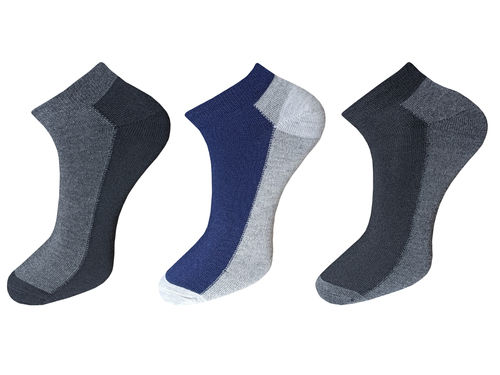
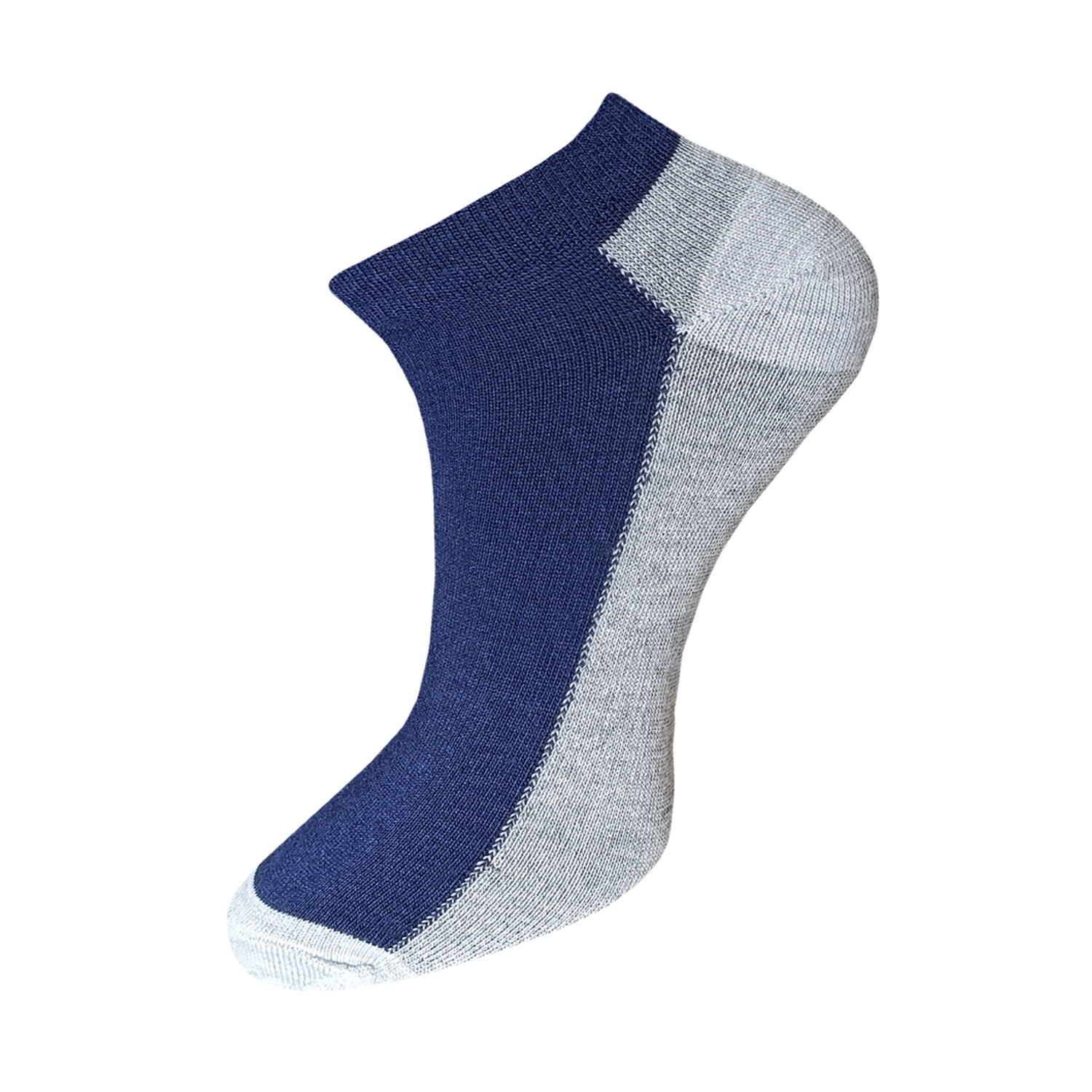
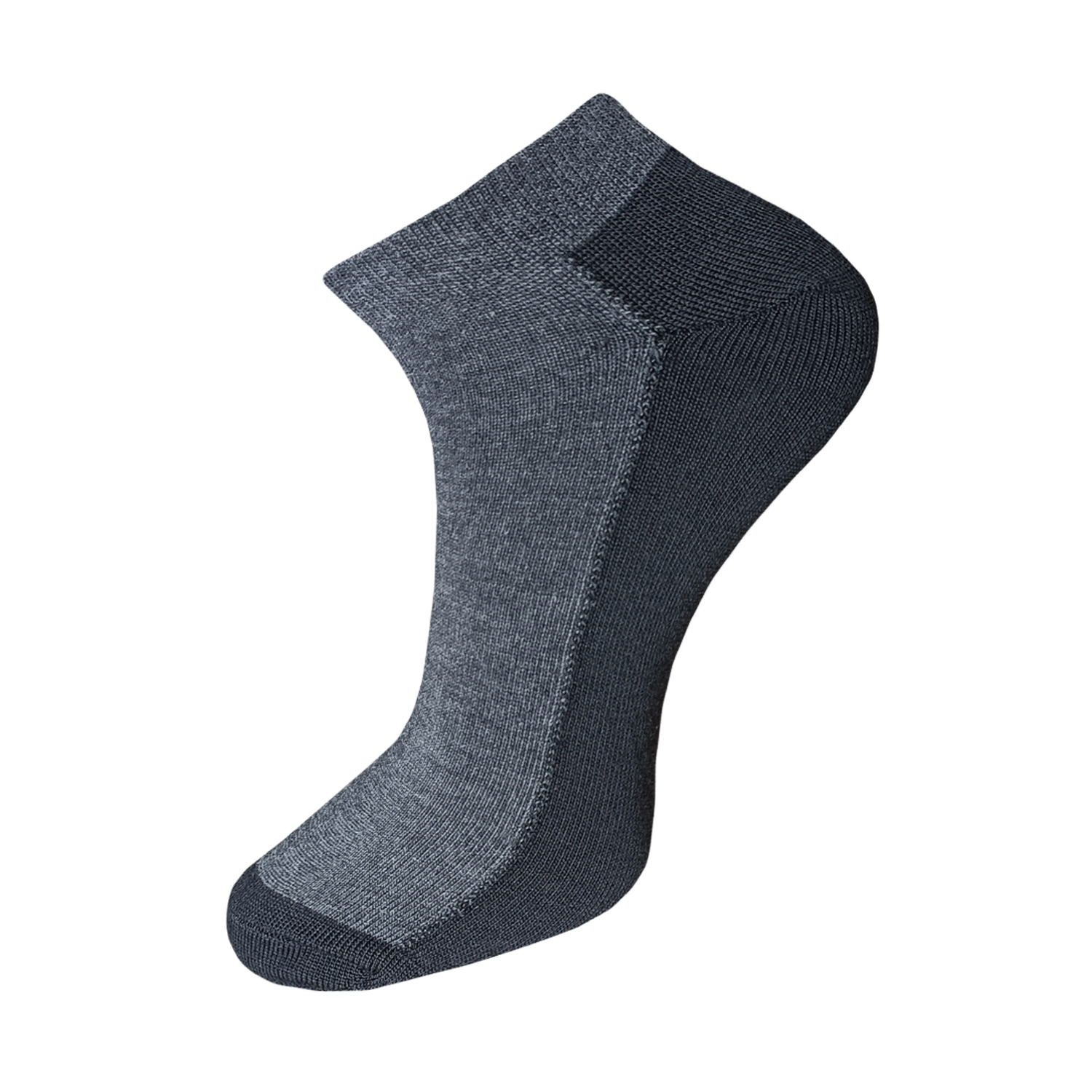
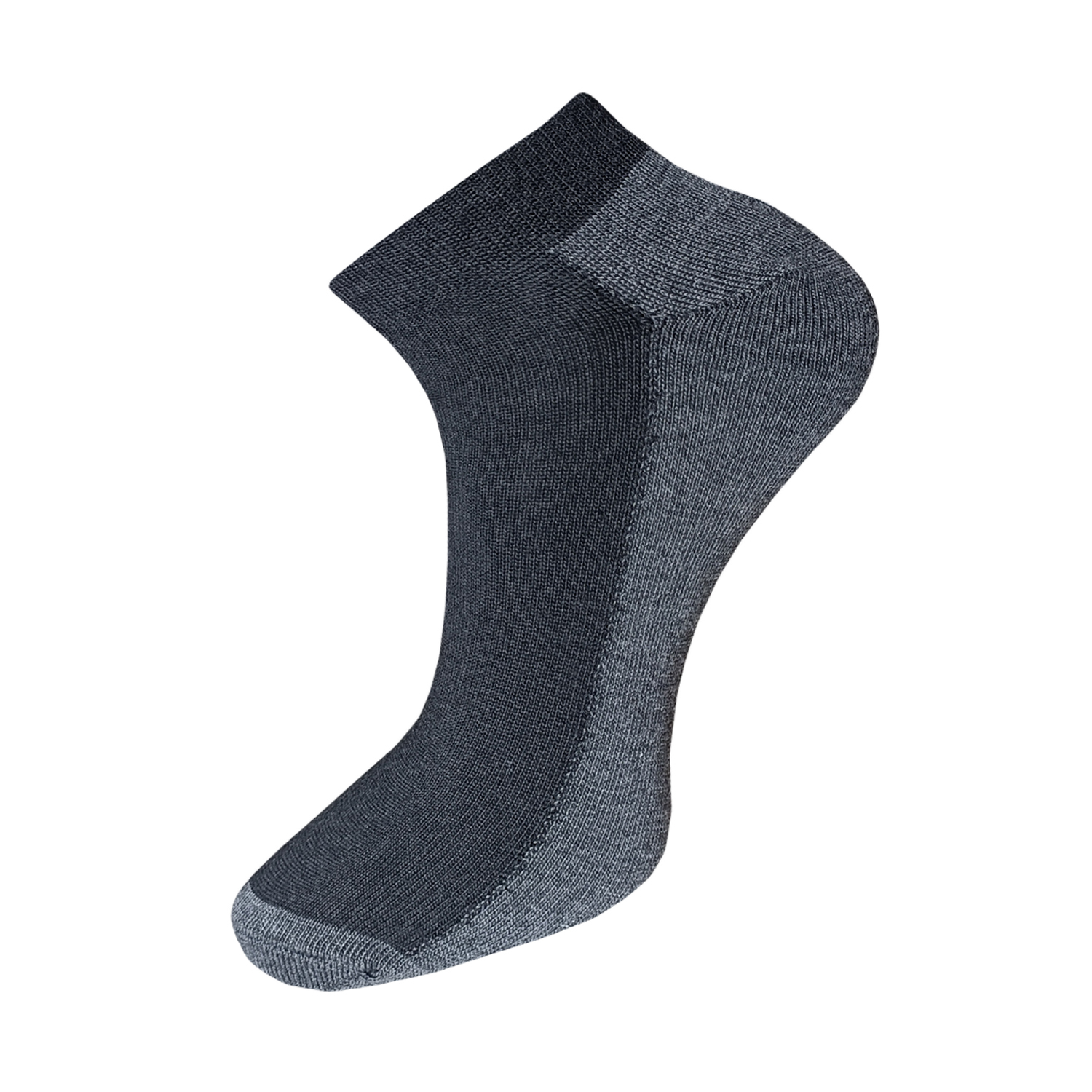
Price 65.0 INR/ Pair
- Minimum Order Quantity
- 240 Pairs
- Supply Ability
- 225000 Pairs Per Month
- Delivery Time
- 7 Days
- Main Domestic Market
- All India
- Main Export Market(s)
- Middle East, Asia, Australia, Central America, North America, South America, Eastern Europe, Western Europe, Africa

Price:
- 50
- 100
- 200
- 250
- 500
- 1000+
More Products in Ankle socks Category
Mens Nylon Socks
Price 25.00 INR / Pair
Minimum Order Quantity : 120 Pairs
Feature : Breathable, Breathable
Size : adult
Elasticity : High
Pattern Type : knitting
Women'S Pure Cotton Thumb Ankle Socks
Price 50.00 INR / Pair
Minimum Order Quantity : 120 Pairs
Feature : Thumb Ankle design, Other
Size : adult
Elasticity : Other, Stretchable
Pattern Type : knitting
Men's Low Cut ankle Cotton Socks
Price 35.00 INR / Pair
Minimum Order Quantity : 120 Pairs
Feature : Other, Breathable Lightweight
Size : adult
Elasticity : Other, Stretchable
Pattern Type : knitting
Combed Cotton Ankle Socks
Price 42.00 INR / Pair
Minimum Order Quantity : 120 Pairs
Feature : Breathable, Breathable, Breathable
Size : adult
Elasticity : Other, Stretchable
Pattern Type : knitting



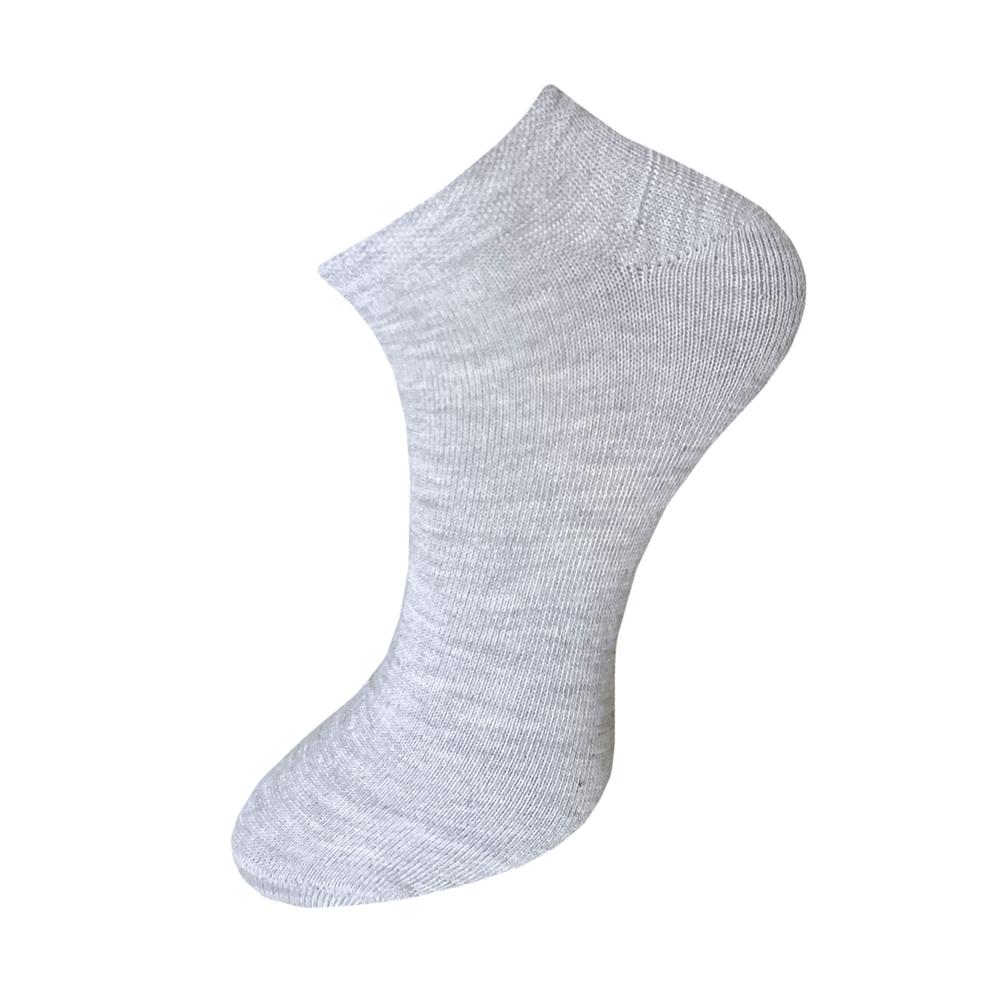
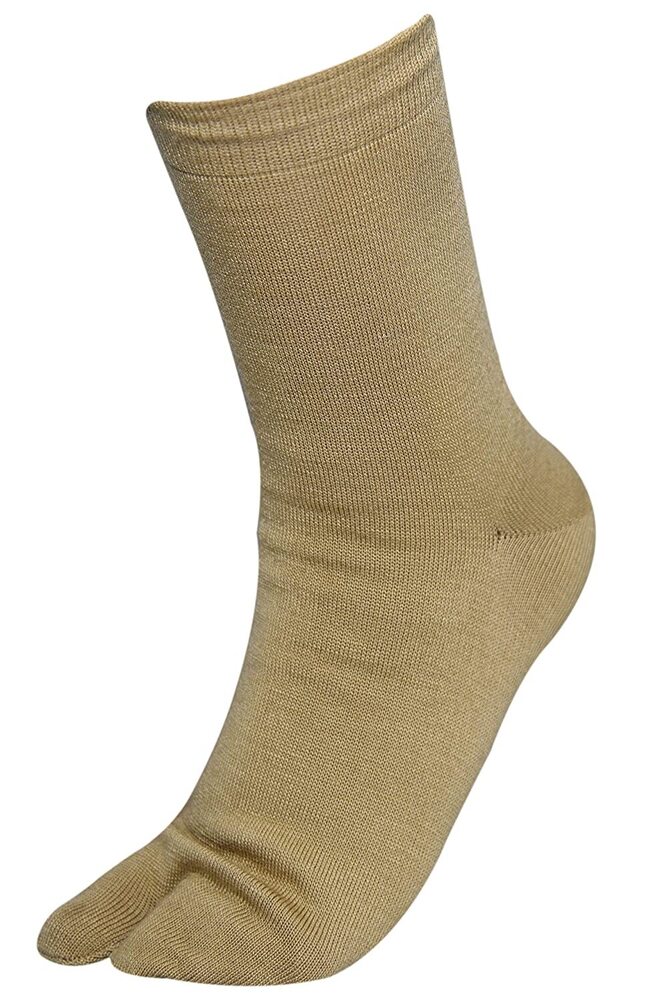
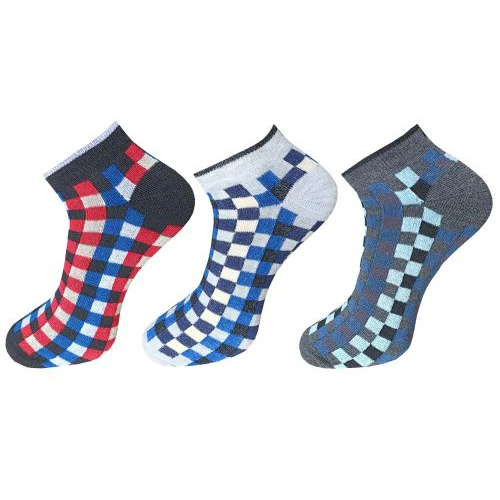
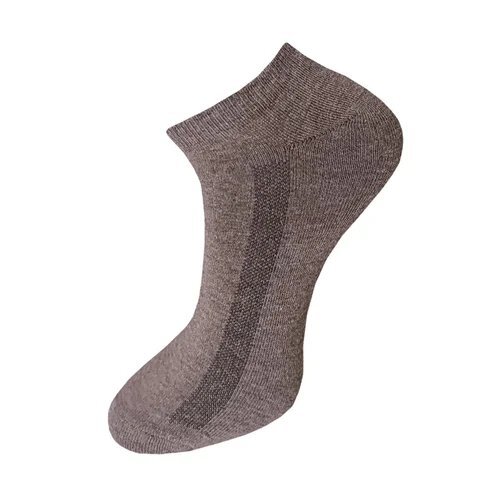


 Send Inquiry
Send Inquiry Send SMS
Send SMS English
English Spanish
Spanish French
French German
German Italian
Italian Chinese (Simplified)
Chinese (Simplified) Japanese
Japanese Korean
Korean Arabic
Arabic Portuguese
Portuguese